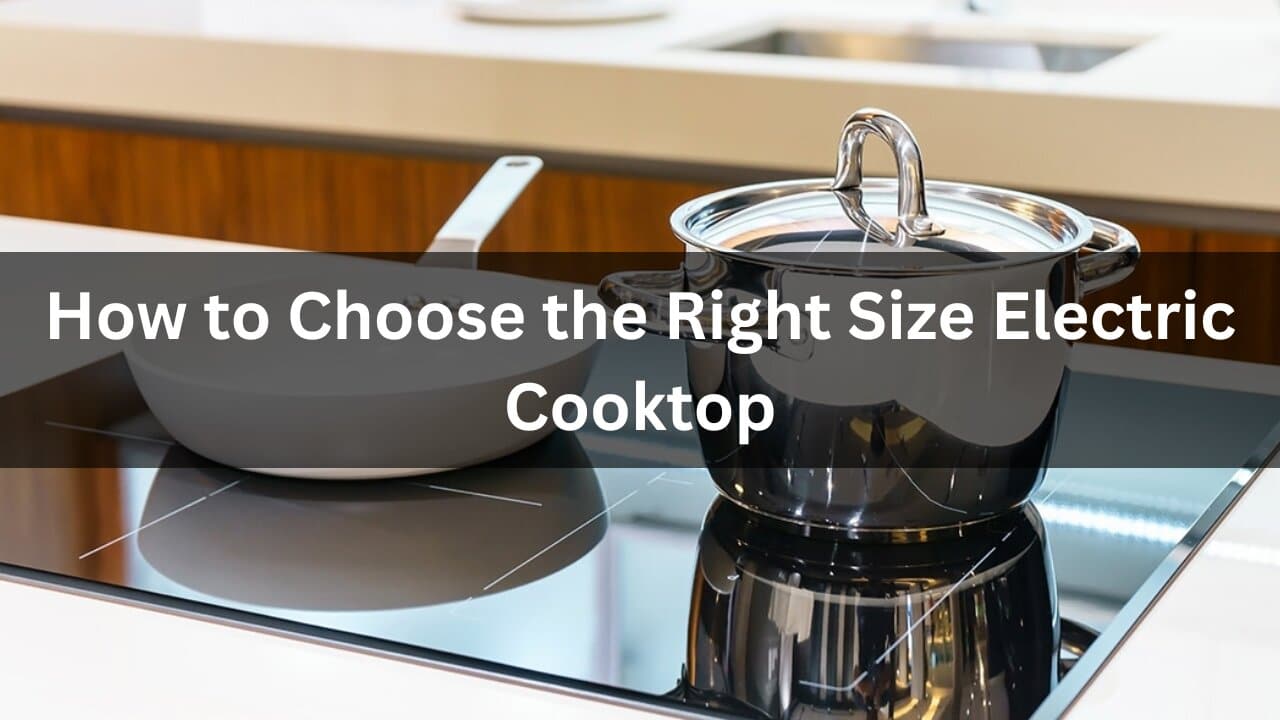Choosing the right size electric cooktop is more than just a practical decision; it’s an essential step in crafting your culinary haven. With so many options available, it can feel overwhelming to find the perfect fit for your kitchen. Imagine whipping up delectable dishes with ease and efficiency while enjoying a hassle-free cooking experience. Whether you’re a weekend chef or someone who loves to entertain, finding that ideal electric cooktop will elevate your cooking game.
Before you dive into the selection process, there are several factors to consider that will not only enhance your cooking style but also complement your kitchen space. From measurements and layout to personal preferences and ventilation needs, each element plays a vital role in making sure you choose wisely. Let’s explore how to navigate through these choices seamlessly!
My Journey with Electric Cooktops
When I first moved into my compact city apartment, I faced a kitchen challenge that many can relate to: limited space. I needed an electric cooktop that fit perfectly without compromising on performance. After navigating through various sizes and models, I discovered the secrets to choosing the right size cooktop, which I’m excited to share with you. Through my experience, I’ll guide you step-by-step, ensuring you make an informed decision tailored to your kitchen’s needs.
Table of Contents
The Ultimate Guide to Choosing the Right Size Electric Cooktop
Understanding Cooktop Sizes
When selecting an electric cooktop, size is a critical factor. Here’s a breakdown to help you understand the different sizes and what might work best for you:
Table: Cooktop Sizes and Typical Applications
| Size (inches) | Number of Burners | Ideal For |
| 12-15 | 1-2 | Small apartments, compact spaces |
| 24 | 2-4 | Small families, limited counter space |
| 30 | 4-5 | Medium to large families, frequent cooks |
| 36 | 5-6 | Large families, serious chefs |
| 42+ | 6+ | Professional kitchens, large gatherings |
Step By Step Guide
Measuring your kitchen space
Before you even think about purchasing an electric cooktop, measuring your kitchen space is crucial. Start by determining the area where the cooktop will sit. This includes assessing counter height and ensuring there’s enough clearance for cabinets and appliances.
Use a tape measure to get precise dimensions of your countertop. Take note of width, depth, and any other architectural features that might affect installation. Don’t forget to consider nearby outlets for easy access to power.

Also, keep in mind the distance between your cooktop and surrounding surfaces. You want enough room for pots, pans, and prep work without feeling cramped while cooking. A well-measured space sets the foundation for choosing an electric cooktop that fits perfectly into your kitchen lifestyle!
Accurate measurements are essential to avoid fitting issues. Use these tips:
- Measure the width and depth of the available countertop area.
- Allow space for side clearances, usually 2-3 inches on each side.
- Confirm whether your counter can accommodate the required cutout size.
Considering your cooking needs
When choosing the right size electric cooktop, understanding your cooking habits is key. Do you frequently prepare elaborate meals or whip up quick dinners?
If you’re an occasional chef, a smaller model may suffice. However, if you host dinner parties or enjoy gourmet cooking often, consider a larger cooktop with multiple burners.
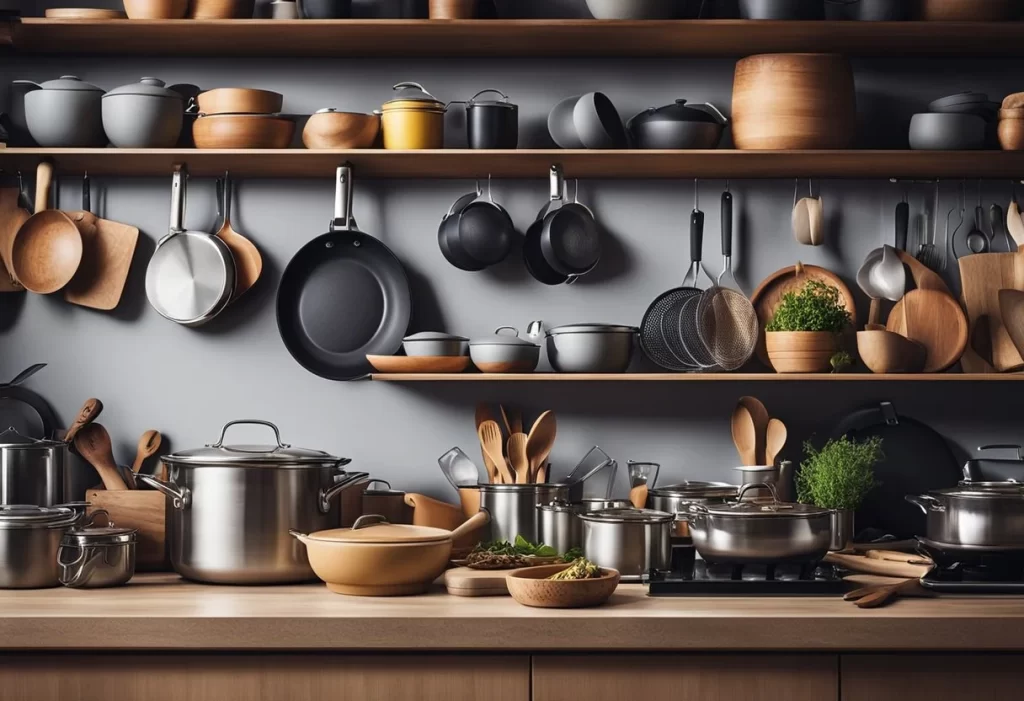
Think about the types of dishes you usually make. Are stir-fries and pasta common in your kitchen? If so, having extra space can be invaluable for simultaneous cooking tasks.
Also consider the number of people you typically cook for. A family of five might require more surface area than a single individual or couple.
Reflect on any specialized cookware you own. Large pots and pans need ample room to operate effectively without crowding each other out on the burner space.
Standard sizes available
When shopping for an electric cooktop, it’s essential to understand the standard sizes available. Most commonly, you’ll find options that range from 30 to 36 inches in width.
A 30-inch model is perfect for smaller kitchens or those who don’t do extensive cooking. It typically features four burners, providing enough space for everyday meal preparation.
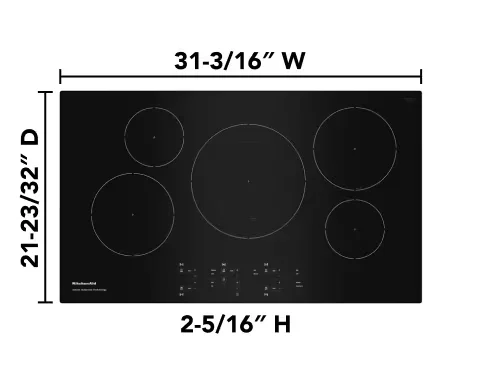
For larger families or cooking enthusiasts, a 36-inch cooktop offers more surface area and often includes five or six burners. This extra room allows you to multitask with ease during busy dinner times.
There are also compact models measuring around 24 inches. These are ideal for apartments or tiny homes where space is at a premium but functionality can’t be sacrificed.
Choosing the right size depends on your kitchen layout and personal preferences regarding cooking habits.
Freestanding vs. built-in options
When it comes to electric cooktops, you often face a choice between freestanding and built-in models. Each option offers distinct advantages that cater to different kitchen layouts and cooking styles.
Freestanding cooktops are versatile. They can be easily moved or replaced as needed. These units typically come with integrated features like ovens beneath them, providing a cohesive look for those who value functionality over design intricacies.
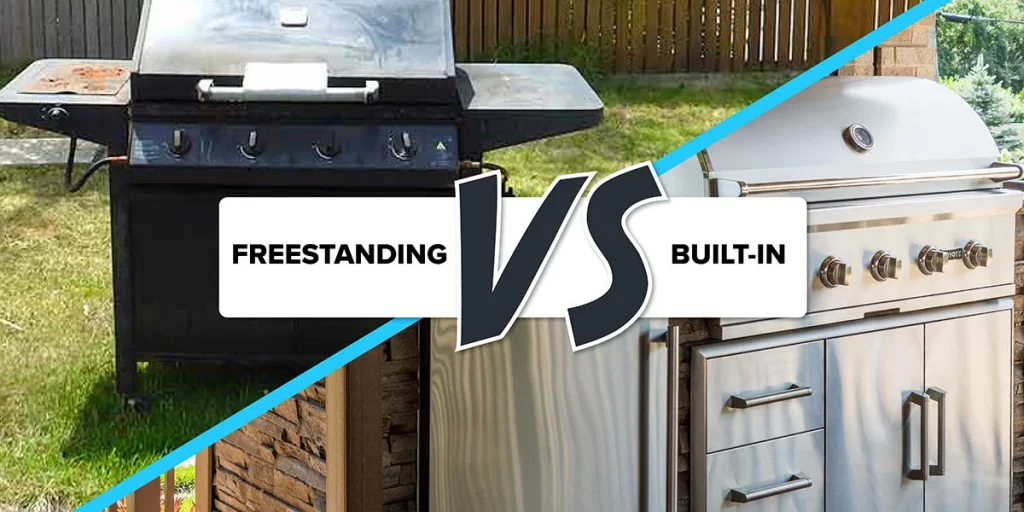
On the other hand, built-in options deliver a sleek aesthetic. They fit seamlessly into your countertop space, offering an elegant appearance ideal for modern kitchens. This style allows for greater customization in terms of size and configuration.
Choosing between the two depends on your kitchen’s layout, your personal preferences, and how much flexibility you desire in appliance placement. Assessing these factors will help guide your decision effectively.
Planning for ventilation
When selecting the right size electric cooktop, ventilation is a crucial element to consider. Proper airflow helps eliminate smoke, steam, and odors from your cooking space.
If you’re planning a built-in model, ensure you have adequate overhead or under-cabinet ventilation. Range hoods come in various styles and sizes. Choose one that matches your kitchen aesthetics while effectively capturing airborne particles.
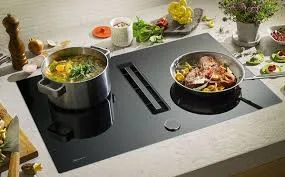
For freestanding options, remember that proper clearance around the unit can enhance air circulation. This placement might require adjustments based on local building codes.
Think about the type of cooking you’ll do as well. If stir-frying or frying is common in your kitchen, investing in stronger ventilation will make a difference. Balancing style with functionality will create a comfortable cooking environment where culinary creativity thrives.
How Does the Number of Burners Affect Cooktop Size?
The number of burners on a cooktop is directly tied to its size. A 24-inch model might only offer two burners, ideal for someone with minimal cooking needs. A 36-inch cooktop can feature up to six burners, providing ample space for multiple pots and pans. Choose based on how much multitasking you do in the kitchen.
Single vs. Multi-Burner Cooktops
A single burner or compact model may work if you’re a minimalist cook or live in a small apartment. Multi-burner cooktops are better for families who regularly prepare complex meals.
Is a 30-Inch or 36-Inch Cooktop Better for My Kitchen?
Pros and Cons of Each Size
- 30-Inch Cooktop:
- Pros: Standard size, fits in most kitchens, sufficient for average families.
- Cons: Fewer burners, limited cooking space.
- 36-Inch Cooktop:
- Pros: More burners, spacious, great for larger families or frequent hosting.
- Cons: Takes up more counter space, might require extra electrical work.
What Materials Should I Consider for My Cooktop?
Ceramic, Glass, and Stainless Steel Surfaces
The material of your cooktop surface affects both aesthetics and durability. Ceramic and glass cooktops are easy to clean and offer a sleek look. However, stainless steel cooktops are known for their durability and resistance to scratching.
How Does Ventilation Affect the Size of the Cooktop?
Why Proper Ventilation is Essential
Cooktops need proper ventilation to function safely, especially larger models. A bigger cooktop means more heat and fumes, so the larger your cooktop, the more powerful your venting system should be.
Choosing the Right Ventilation System
For cooktops 36 inches or larger, consider installing a range hood with higher CFM (cubic feet per minute) to effectively manage heat and odors.
How to Match Your Cooktop Size with Your Oven?
Your cooktop and oven should complement each other in both size and style. If you have a large oven, a small cooktop may look disproportionate, and vice versa. Ensure they fit well within your kitchen design for a cohesive look.
Should I Consider a Portable Electric Cooktop Instead?
For those with limited kitchen space or who don’t cook often, a portable electric cooktop may be a better option. These units are smaller, easier to store, and still provide adequate heating power for simple meals.
Conclusion
Choosing the right size electric cooktop is more than just selecting a convenient appliance; it’s about enhancing your cooking experience and complementing your kitchen’s layout and style. By carefully considering factors such as kitchen space, cooking habits, and ventilation needs, you can find a cooktop that not only fits your culinary demands but also integrates seamlessly into your kitchen. Whether you’re a casual cook or a gourmet chef, the right cooktop can make meal preparation more enjoyable and efficient. With this guide, you’re now equipped to make a decision that best suits your needs and transforms your kitchen into the ideal cooking space.
Related Articles:
Anyone Prefer An Electric Cooktop Over Gas? Latest 2024
Installation Of Electric Cooktop Latest Update 2024
FAQS
Is there a standard width for electric cooktops?
Yes, most electric cooktops come in standard widths of 30 inches or 36 inches. However, compact models can be found at around 24 inches if space is limited.
How do I measure my kitchen space accurately?
Use a tape measure to find the length and depth of the countertop where you plan to install the cooktop. Make sure there’s enough clearance around it for safety and ventilation.
Do I need special wiring for an electric cooktop?
Most electric cooktops require dedicated circuits due to their power needs. Consulting with an electrician before installation ensures compliance with local codes and safety standards.
Are freestanding options better than built-in ones?
It depends on your kitchen layout. Freestanding units provide flexibility but may not fit seamlessly into cabinetry like built-in options do, which offer a sleek appearance but require more planning during installation.
By addressing these aspects carefully, you’ll ensure that you choose the right size electric cooktop tailored specifically to your culinary lifestyle.

